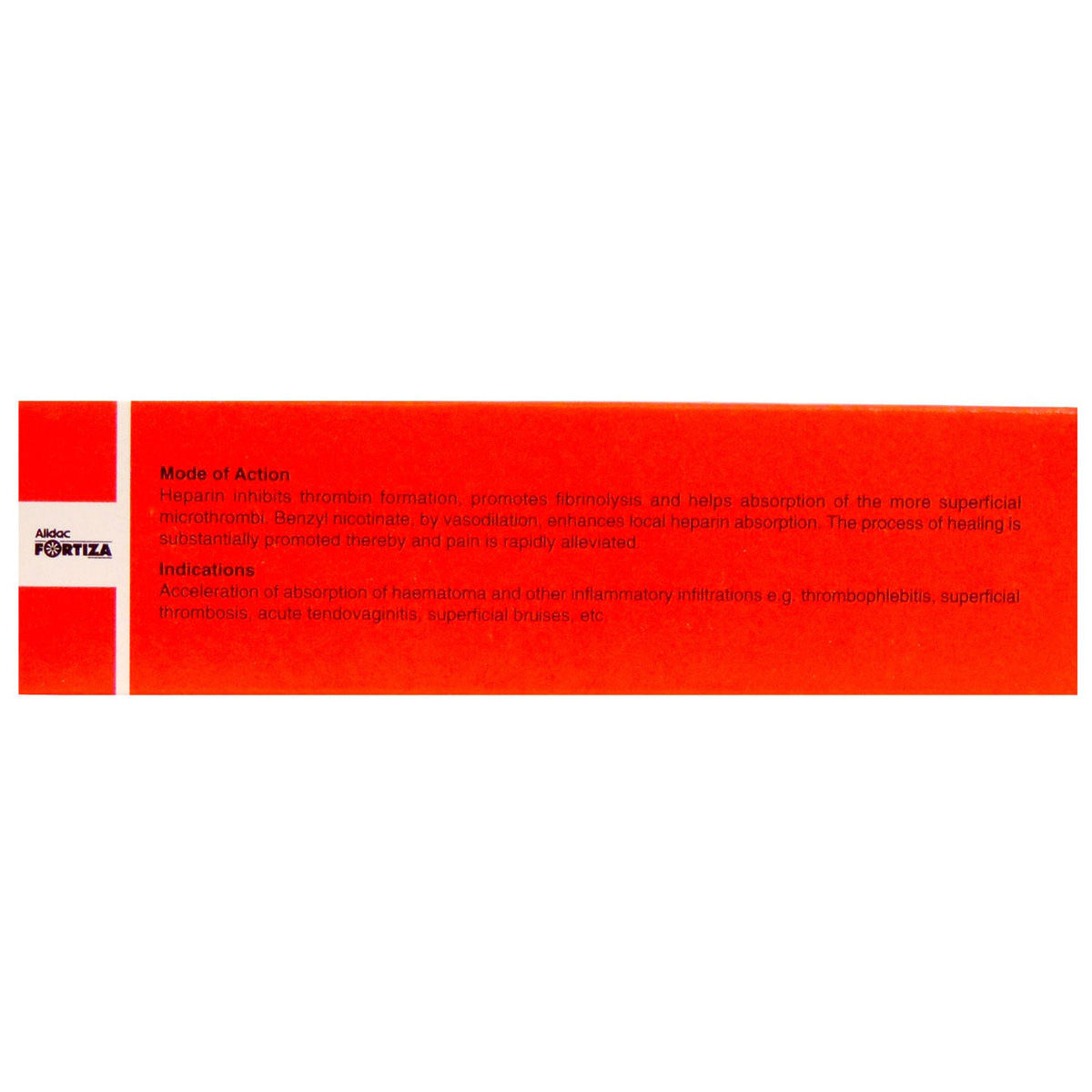Thrombophob Gel 20 gm
₹205.2*
MRP ₹228
10% off
₹193.8*
MRP ₹228
15% CB
₹34.2 cashback(15%)
Free Delivery
With Circle membership
(Inclusive of all Taxes)
This offer price is valid on orders above ₹800. Apply coupon PHARMA10/PHARMA18 (excluding restricted items)
Know Your Delivery Time
Provide Delivery Location



Secure Payment

India's Most Trusted Pharmacy

Genuine Products
Composition :
Manufacturer/Marketer :
Consume Type :
Return Policy :
Expires on or after :
About Thrombophob Gel
Thrombophob Gel belongs to the group of medications called ‘blood-related agents' used in the treatment of superficial thrombophlebitis. Superficial thrombophlebitis is a condition in which there are inflammation and swelling just below the surface of the skin due to the presence of a blood clot. This condition is usually formed in the legs or pelvic region. It is a short-term condition and symptoms include pain and tenderness in the affected area.
Thrombophob Gel is a combination of two medicines: Heparin and Benzyl nicotinate. Heparin is an anticoagulant and dissolves the blood clot. It also prevents the formation of new blood clots. Benzyl nicotinate is a vasodilator. It acts by widening the blood vessels and also improves skin oxygenation. Thrombophob Gel collectively can increase the blood flow to the affected area, thereby reducing the pain and inflammation.
You should take this medicine as advised by your doctor. The common side-effects of Thrombophob Gel are skin irritation, redness, burning sensation, and itching. These side-effects are usually mild and temporary. However, if any of these side-effects persist or worsen, consult your doctor immediately.
Do not take Thrombophob Gel if you are allergic to Heparin, Benzyl nicotinate, or any other ingredients present in it. Thrombophob Gel is not recommended for use in open wounds, infected wounds, and skin ulcers and should be used with caution in people with blood disorders, sensitive skin, or undergoing surgery. Inform your doctor if you are pregnant, planning to become pregnant, or breastfeeding.
Uses of Thrombophob Gel
Directions for Use
Medicinal Benefits
Thrombophob Gel is a combination of two medicines: Heparin and Benzyl nicotinate. Heparin is an anticoagulant. It acts by breaking down the blood clot and preventing the formation of new blood clots. It also has anti-inflammatory properties and reduces swelling and inflammation. Benzyl nicotinate is a vasodilator and widens the blood vessels. It also promotes faster healing. Together, Thrombophob Gel can effectively improve the blood flow to the affected area and reduce the symptoms of superficial thrombophlebitis.
Side Effects of Thrombophob Gel
- Skin irritation
- Skin redness
- Burning sensation
- Itching
Storage
Drug Warnings
Thrombophob Gel is for external use (skin) only. Do not apply it to the eyes, mouth, nose, genital area, or any broken skin. If the medicine accidentally comes in contact with the eyes, nose, or mouth, wash with water thoroughly and consult a doctor immediately. Do not apply for any other medicine at the treated area, unless prescribed by your doctor. Do not use for prolonged periods or more than the duration recommended by your doctor. It may cause photosensitivity (sensitivity to ultraviolet rays from the sun), so avoid sun lamps, tanning beds, and prolonged exposure to sunlight. Wear protective clothing such as a long-sleeved dress, sunglasses, and hat, and use sunscreen lotion with a high SPF if you are going outdoors in the daytime.
Therapeutic Class
Drug-Drug Interactions Checker List
- FLUVASTATIN
- ATORVASTATIN
- COLESTIPOL
Diet & Lifestyle Advise
- Take adequate bed rest.
- Elevate legs while you are lying down as this may increase the blood flow to the legs.
- Apply warm compresses to reduce pain and tenderness. It also helps to improve blood flow.
- Exercise regularly to maintain a normal weight, if you are obese.
- Follow a healthy diet.
- Limit alcohol consumption and quit smoking
Habit Forming
How Thrombophob Gel Works
What if I have taken an overdose of Thrombophob Gel
Alcohol
Safe if prescribed
Thrombophob Gel may not interact with alcohol.
Pregnancy
Caution
There is no sufficient data available to establish safe use of Thrombophob Gel in pregnant women. So, please consult a doctor before taking Thrombophob Gel.
Breast Feeding
Caution
There is no sufficient data available to establish safe use of Thrombophob Gel in breastfeeding mothers. So, please consult a doctor before taking Thrombophob Gel.
Driving
Safe if prescribed
Thrombophob Gel may not affect your ability to drive.
Liver
Safe if prescribed
Thrombophob Gel is probably safe in patients with liver diseases when prescribed.
Kidney
Safe if prescribed
Thrombophob Gel is probably safe in patients with kidney diseases when prescribed.
Children
Caution
There is no sufficient data available to establish the safe use of this medicine in children. So, please consult a doctor before taking Thrombophob Gel.
Country of origin
Manufacturer/Marketer address
Author Details
We provide you with authentic, trustworthy and relevant information
Thrombophob Gel Substitute

Thrombophob Ointment 20 gm
₹7.20per tabletThrombomark Cream 20 gm
₹2.83per tabletThrombomark Ointment 10 gm
₹3.52per tabletThrombobak 20G Oint
by AYUR
₹4.08per tabletThermothur Ointment 20 gm
₹4.95per tablet
FAQs
Disclaimer
Customers Also Bought
Product Substitutes















